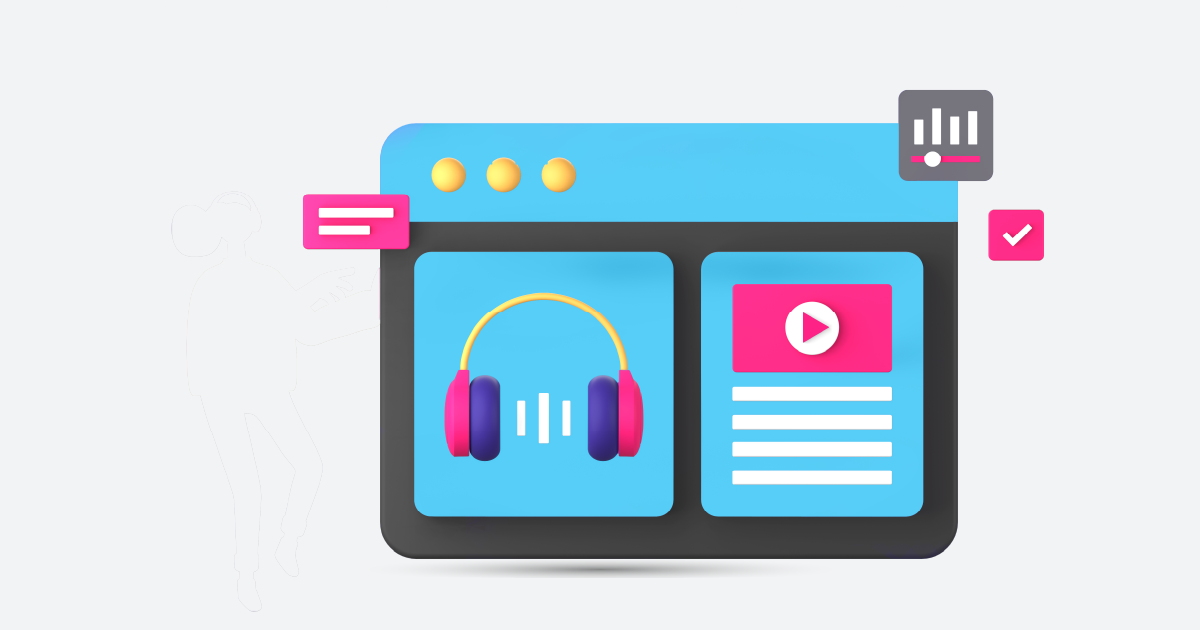Visual listening is the process of analyzing images and videos to gain insights about how a brand is perceived, what customers care about, and the visual trends influencing markets. While traditional listening focuses on text, visual listening taps into the growing impact of visual content. With millions of images shared daily on social media, understanding visual content is essential for brands that want to stay ahead in the competitive digital space.
Why Visual Listening Matters in Modern Marketing

In today’s fast-paced world, people engage more with visuals than text, especially on platforms like Instagram and TikTok. By analyzing these visuals, brands gain valuable insights into customer emotions, behaviors, and trends that may not be reflected in text alone. Visual listening helps companies to not only understand their brand perception but also capture subtle trends that could shape marketing strategies.
How Visual Listening Works
Visual listening relies on technologies like artificial intelligence (AI), computer vision, and machine learning. These tools can scan, recognize, and categorize visual elements, such as logos, products, locations, and even emotions, within images. For instance, AI can recognize a brand’s logo in a user-generated Instagram post, which helps brands see how people are interacting with their products in real life.
Benefits
1. Improved Brand Awareness
Visual mentions helps brands track how often their logos or products appear in user-generated content. It boosts brand awareness by identifying where and how their products are showing up online.
2. Identifying Customer Trends and Preferences
By understanding the visuals customers are drawn to, brands can adjust their offerings to better meet these preferences. If a specific style or color consistently appears in images, brands can incorporate these elements into their products or marketing campaigns.
3. Detecting Emerging Trends and Opportunities
Visual mentions can reveal trends as they emerge, helping brands stay relevant and adapt quickly. This advantage can lead to first-mover benefits in adopting and capitalizing on new trends before competitors.
Visual Listening vs. Social Listening
While social listening analyzes text-based data from posts, comments, and reviews, visual listening focuses on images and videos. Social listening is valuable for understanding customer opinions, but visual listening provides context that text alone can’t capture. Combining both approaches offers a more holistic view of brand perception.
Visual Listening Tools and Software
Popular Visual Listening Tools
- AIM Insights
- Mediabistro
- Talkwalker Visual Insights
- Sprinklr Visual AI
Each tool has unique strengths, whether in logo recognition, customer sentiment analysis, or influencer tracking.
Choosing the Right Tool
When selecting a visual mentions tool, consider factors such as image recognition accuracy, ease of integration with other analytics platforms, and scalability.
Visual Listening Strategies for Brand Success
1. Engaging with User-Generated Content
User-generated content (UGC) can be a goldmine for visual insights. When customers share images of your products, it’s a reflection of brand loyalty. By encouraging UGC, brands create a stronger connection with customers.
2. Leveraging Influencers and Brand Ambassadors
Working with influencers who align with your brand can increase reach. Visual mentions helps brands evaluate an influencer’s impact by analyzing the engagement and reception of images shared by influencers.
Examples
Case Study 1: Coca-Cola
Coca-Cola uses visual listening to monitor brand logos in images worldwide, which allows it to understand customer interactions with its products on a global scale.
Case Study 2: Nike
Nike uses visual mentions to track trends in sports and fashion, enabling it to design products that match current customer preferences.
Using Visual Listening for Competitive Analysis
Visual mentions can help brands analyze competitors by identifying their visual marketing strategies, product placements, and even customer responses to their imagery. This approach uncovers gaps in the market that a brand can potentially fill.
Challenges
1. Data Privacy Concerns
The technology raises privacy questions about tracking and analyzing visual data. Brands must navigate these challenges carefully to ensure compliance with data privacy laws.
2. Managing and Interpreting Vast Data
Visual data is often unstructured, making it challenging to analyze and interpret effectively. Investing in the right tools and expertise is essential to making sense of the data.
Best Practices
- Define Clear Goals: Know what you want to achieve—whether it’s tracking brand mentions, trends, or customer sentiment.
- Use Multiple Data Sources: Combine visual listening with text-based social listening for comprehensive insights.
- Update Strategies Regularly: Visual trends change quickly, so adapt your strategies based on new data and insights.
How to Implement Visual Listening for Your Brand
For brands new to visual mentions, start by defining clear goals and selecting the right tools. Train your team in using these tools effectively, and gradually integrate visual insights into your overall marketing strategy. Start small, with a focus on brand mentions, then expand to more complex metrics like customer sentiment or competitive analysis.
Future Trends
AI and machine learning will continue to advance visual mentions, enabling more precise insights and deeper understanding of customer preferences. Expect tools to become more adept at analyzing subtle elements, such as customer emotions and product context.
Measuring Success
To measure success, track metrics like brand exposure, engagement rates on visuals, and the impact on conversions. These insights will allow brands to adjust strategies effectively based on visual trends.
Conclusion
Visual listening provides brands with an invaluable perspective into the visual content that influences customer perception. By incorporating it into their marketing strategy, brands can make data-driven decisions that foster stronger connections with their audience. To truly see the benefits of visual listening in action, consider exploring professional-grade solutions tailored to your brand’s unique needs.
Ready to take your brand to the next level with advanced visual listening? Request a demo from AIM Technologies to see how our cutting-edge tools can empower your brand.




